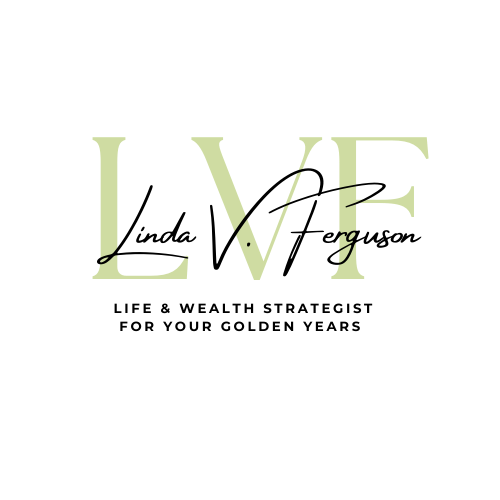Are you a systems person or a DIYer?
Discover the answer here.
Systems vs. DIY - which works best for you?
In this episode Linda & Karen discuss the merits of following established systems vs. figuring things out yourself.
Linda finds systems are ultimately better, even for a maverick like her.
Do you want to achieve goals & get ahead?
Linda says adopting systems, even if modified for you, is key. Fumbling around trying to DIY everything leads to confusion. Find a system that works for you.
Karen shares how following her mentor's system for real estate investing before adapting it into her own system made her a millionaire. She was so successful, she wrote a best selling book to share that system. She's followed real estate investing and organizational systems to great success with her TV show and businesses.
Systems are powerful!
Morning routines - system or habit?
Linda has a checklist she follows each morning that grounds her day. The coffee habit is part of the system!
Routines can include both systems and habits.
Linda's tip for learning new skills, like video editing: search online, find a teacher whose teaching style you enjoy, then document the steps into your own SOP (standard operating procedure). This systemizes the process for you.
In this episode of Platinum Prime Life you'll learn:
1. The difference between systems and a "do-it-yourself" approach to life and work.
2. The importance of finding and following a system that has proven successful for others when trying to achieve a specific goal.
3. Recognizing that while being an artist or a "free spirit" may seem to conflict with using systems, many successful artists actually do follow systems in their practice and work.
4. The value of finding a mentor or coach who has achieved what you want to achieve and learning from their system.
5. The distinction between habits and systems, and how habits can be incorporated into a larger system.
6. The role of a coach in helping individuals identify their current situation, goals, and the appropriate system to bridge the gap.
7. Problem-solving strategies, such as creating standard operating procedures (SOPs) to address recurring issues efficiently.
8. Approaches to learning new skills, such as using online resources like YouTube or seeking out structured training courses.
9. The importance of adapting systems to fit one's individual needs and preferences while avoiding the confusion of trying to mix different systems without fully understanding them.
10. The value of using checklists and templates, such as an SOP template, to ensure consistency and completeness when executing complex tasks or processes.
